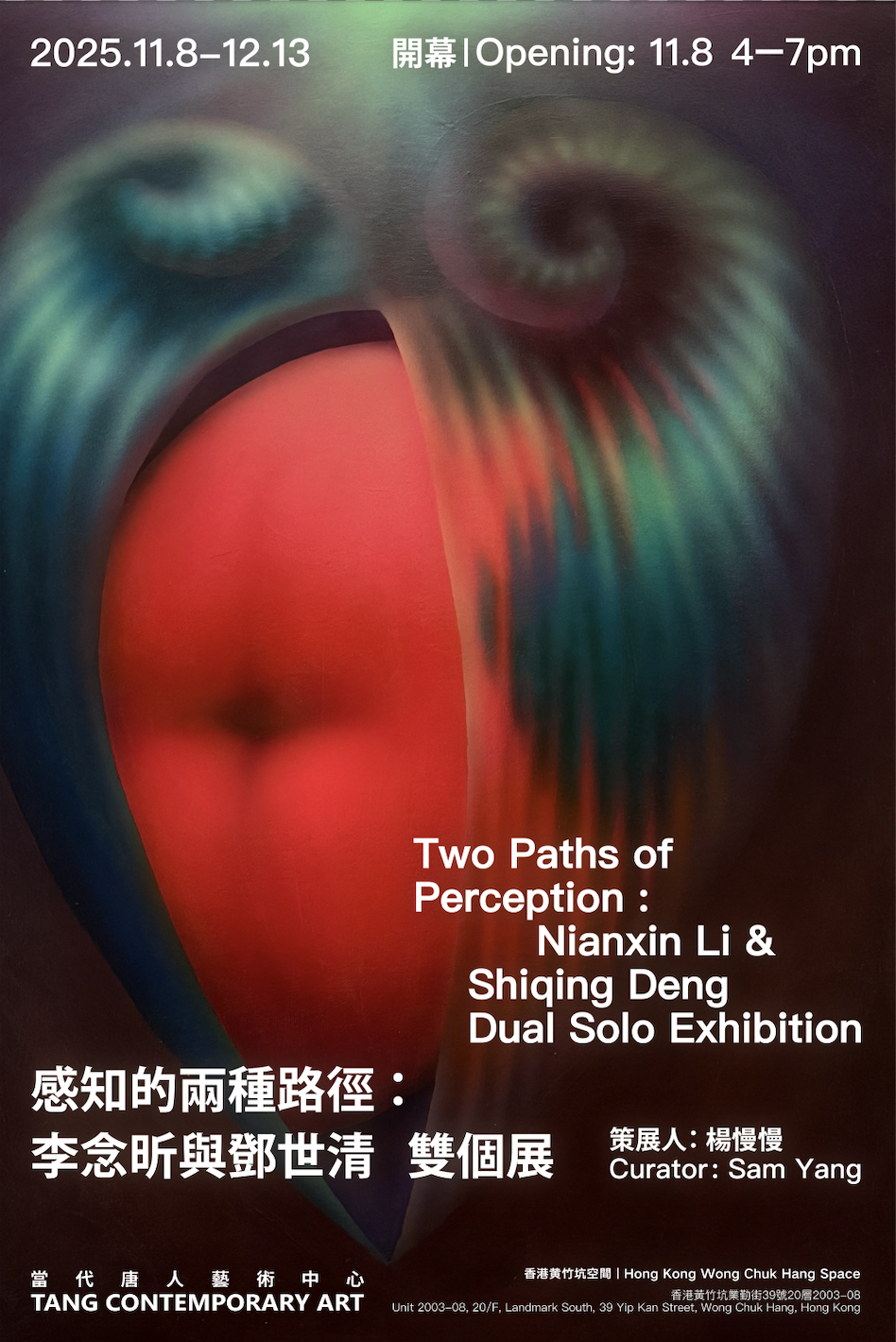CURRENTLY SHOWING

SOUTHERN
Jacky Tao Solo Exhibition: Ecstasy
1 Nov – 13 Dec, 2025
SC Gallery

SOUTHERN
Wei Wei, anybody home?
1 Nov – 30 Nov, 2025
a Gallery
SHEUNG WAN
Woo Jong-Taek: Between Matter and Soul
23 Oct – 22 Nov, 2025
Soluna Fine Art

SHEUNG WAN
Chen Hongzhi: Theatre of Silence
23 Oct – 26 Nov, 2025
Leo Gallery
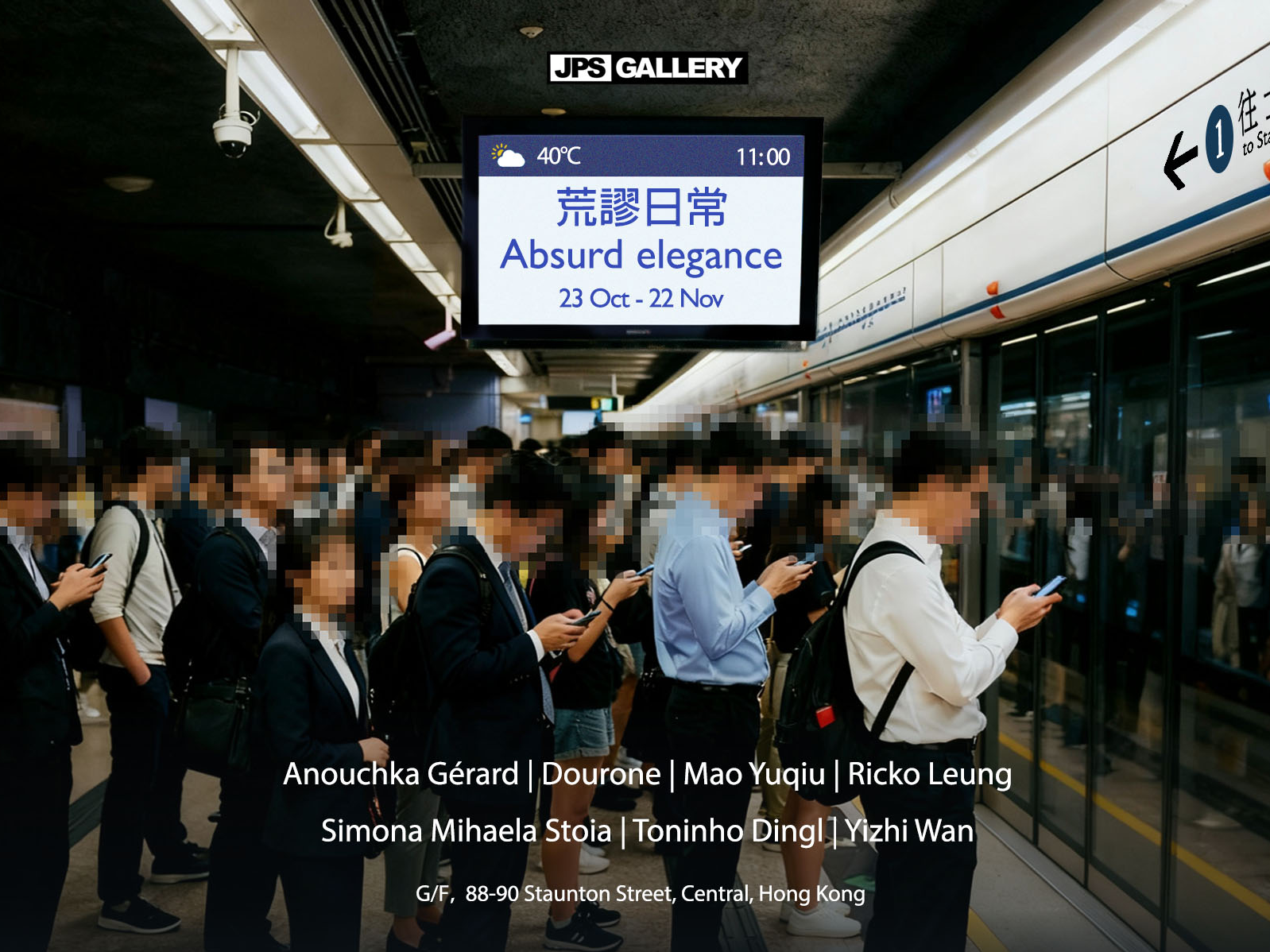
CENTRAL
Absurd Elegance
23 Oct – 22 Nov, 2025
JPS Gallery
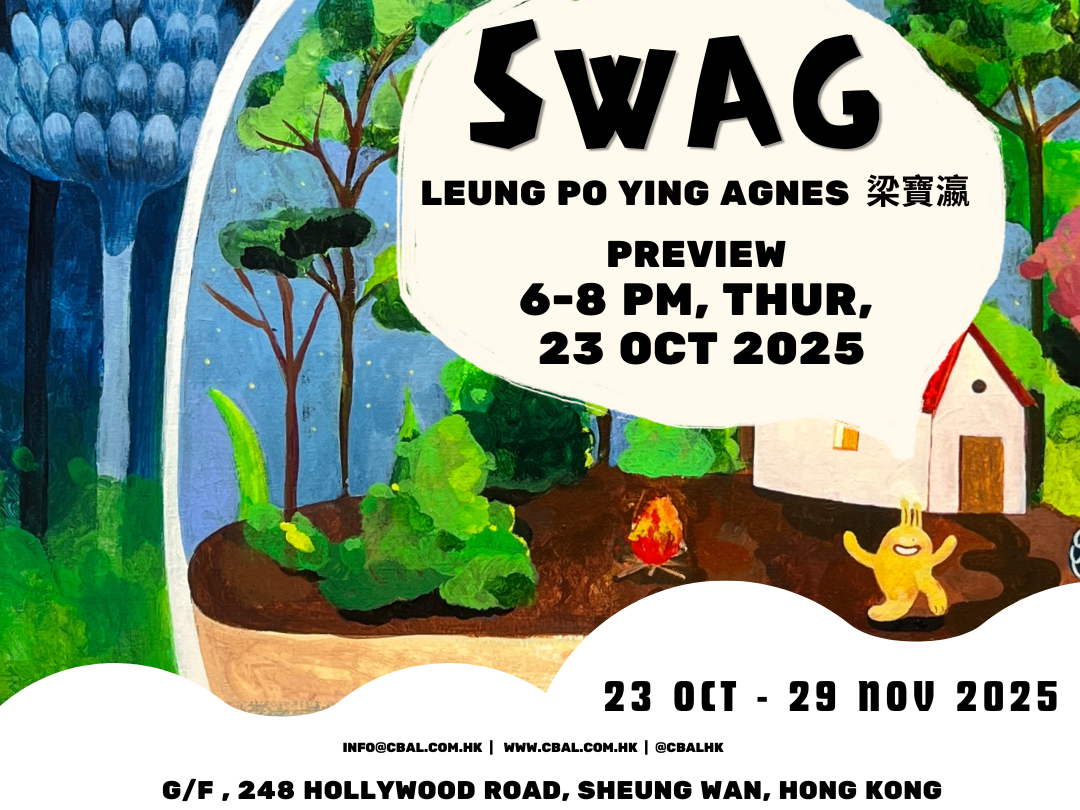
SHEUNG WAN
SWAG
23 Oct – 29 Nov, 2025
Contemporary by Angela Li
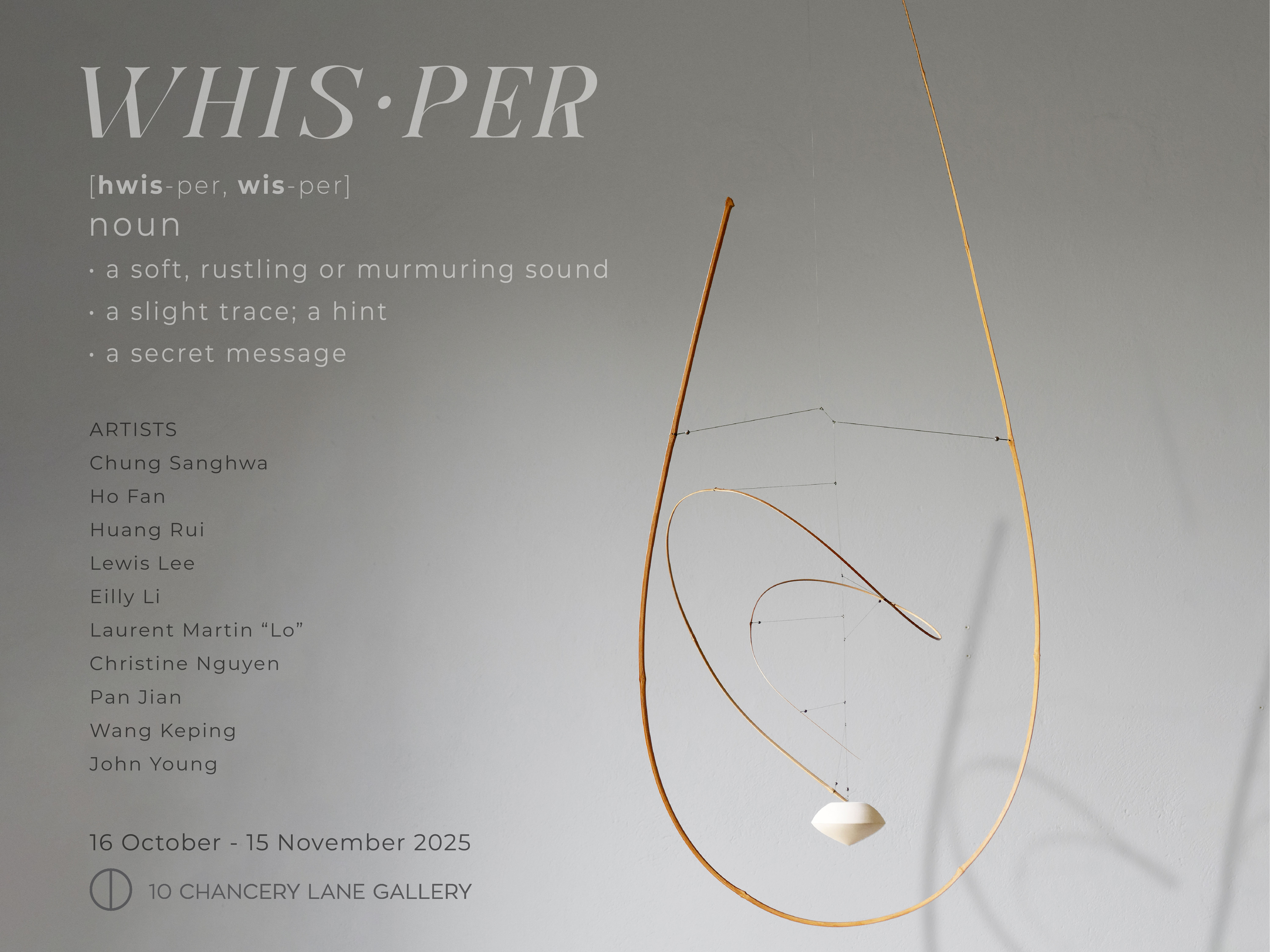
CENTRAL
WHISPER
16 Oct – 15 Nov, 2025
10 Chancery Lane Gallery
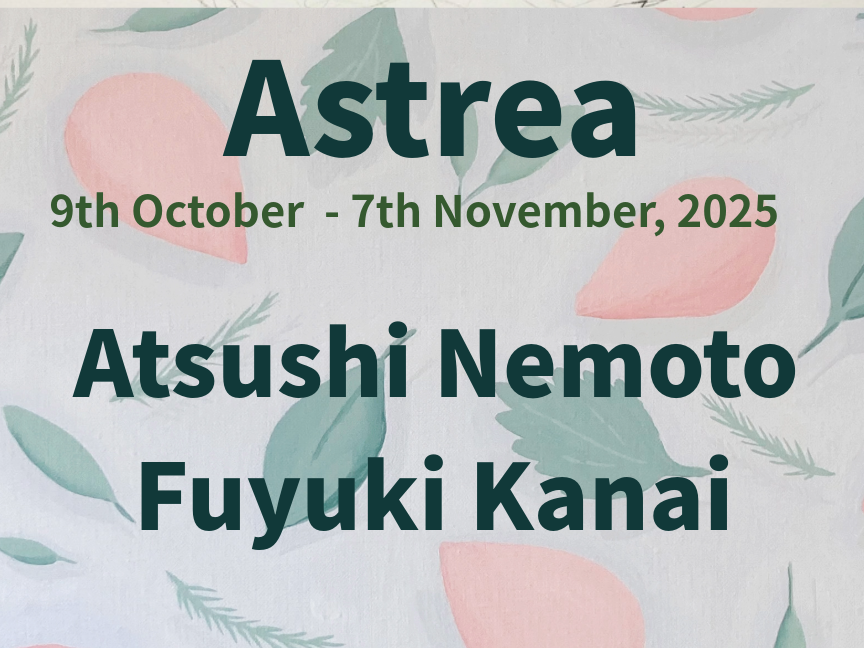
CENTRAL
Astrea
9 Oct – 7 Nov, 2025
Sansiao Gallery HK
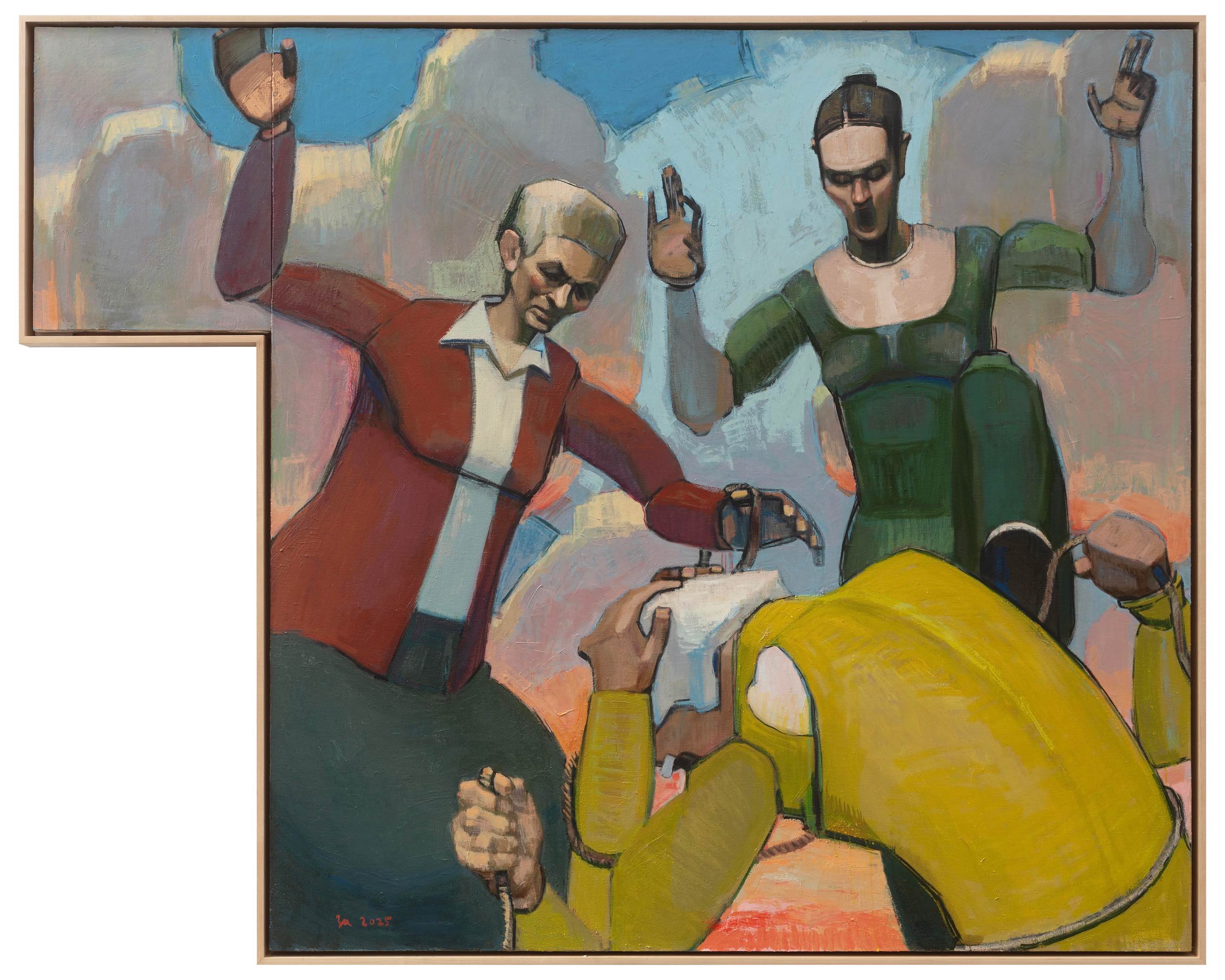
CENTRAL
Narration: Action Poem
4 Oct – 12 Nov, 2025
Tang Contemporary Art (Central)
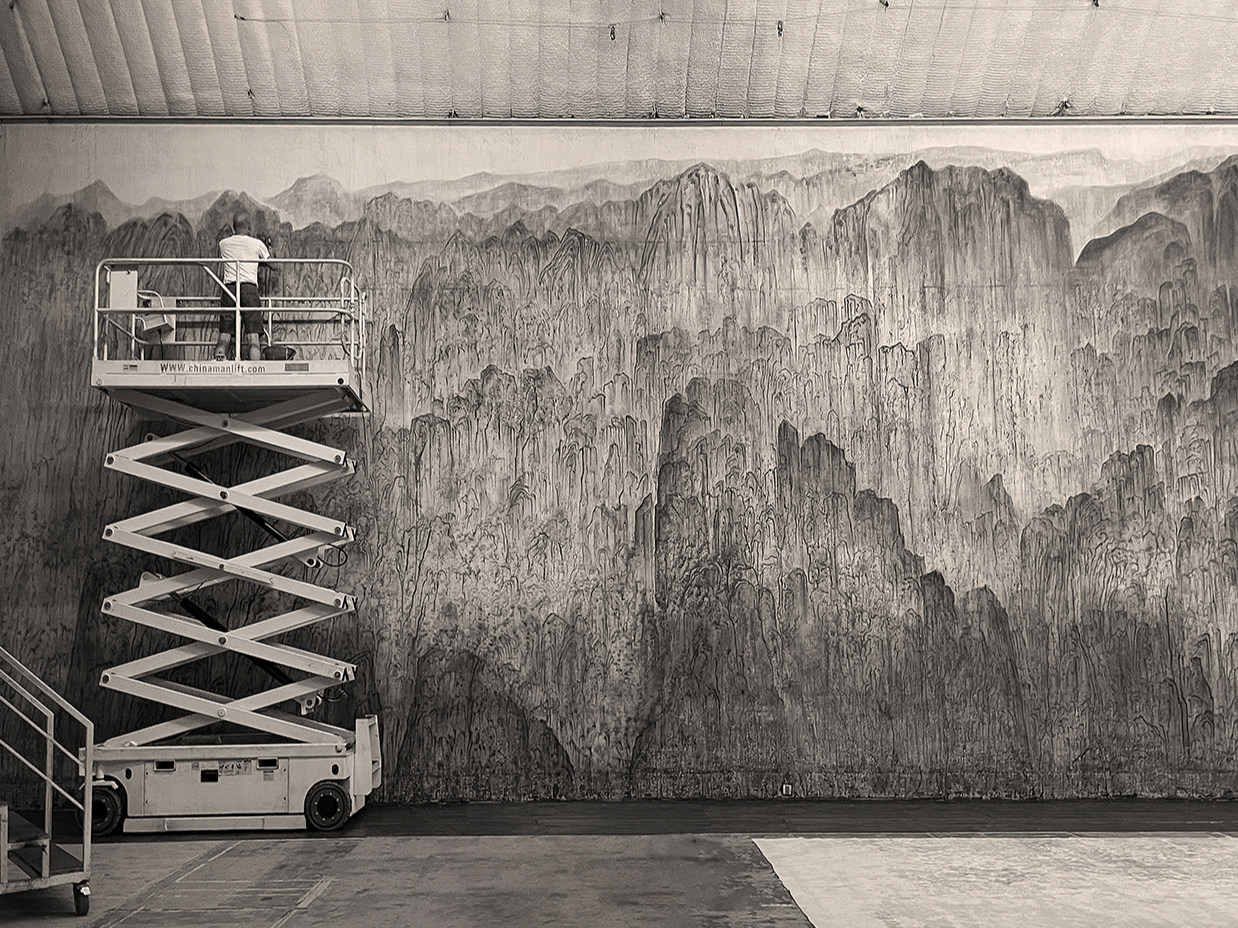
KWAI TSING
Misty Aura: XU Longsen
4 Oct – 22 Nov, 2025
Hanart TZ Gallery

SOUTHERN
50/50
27 Sep – 15 Nov, 2025
Whitestone Gallery
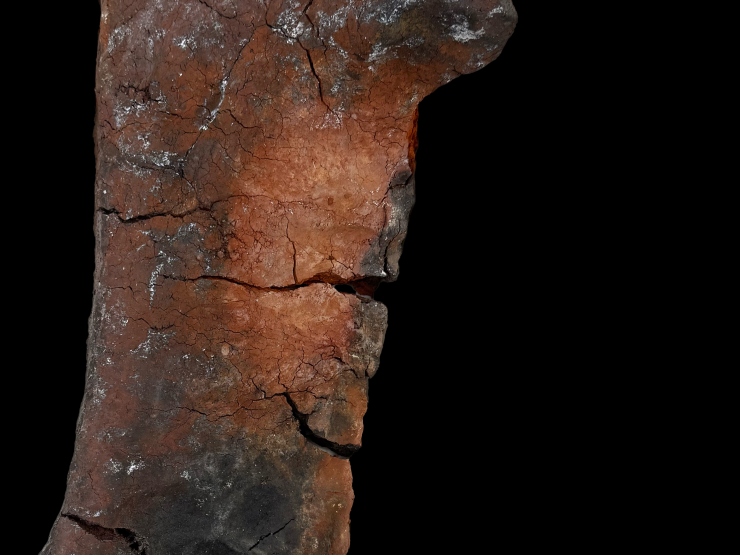
SOUTHERN
Gama: Jacqueline Kiyomi Gork
27 Sep – 15 Nov, 2025
Empty Gallery
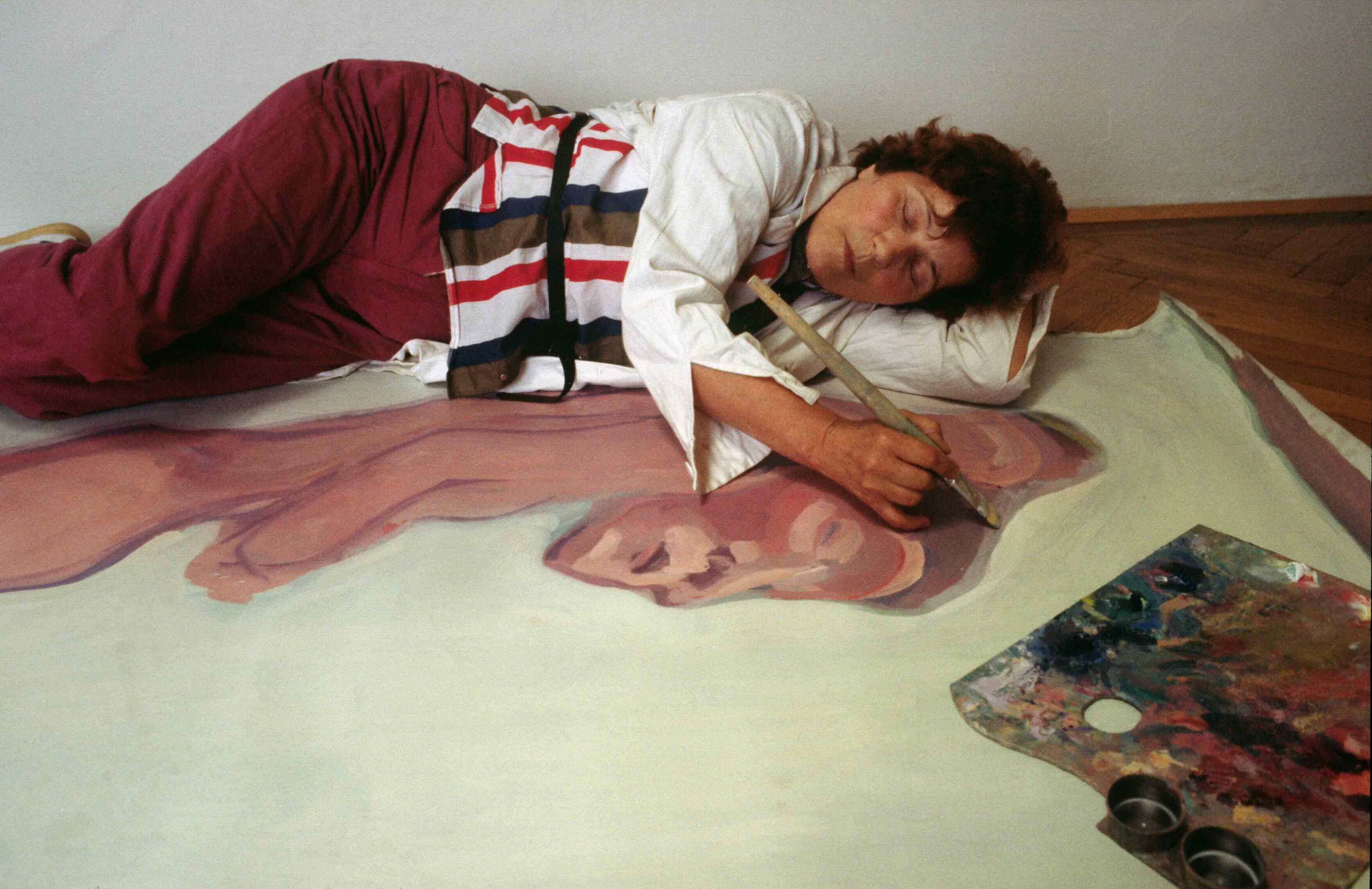
CENTRAL
Maria Lassnig. Self with Dragon
26 Sep – 28 Feb, 2026
Hauser & Wirth
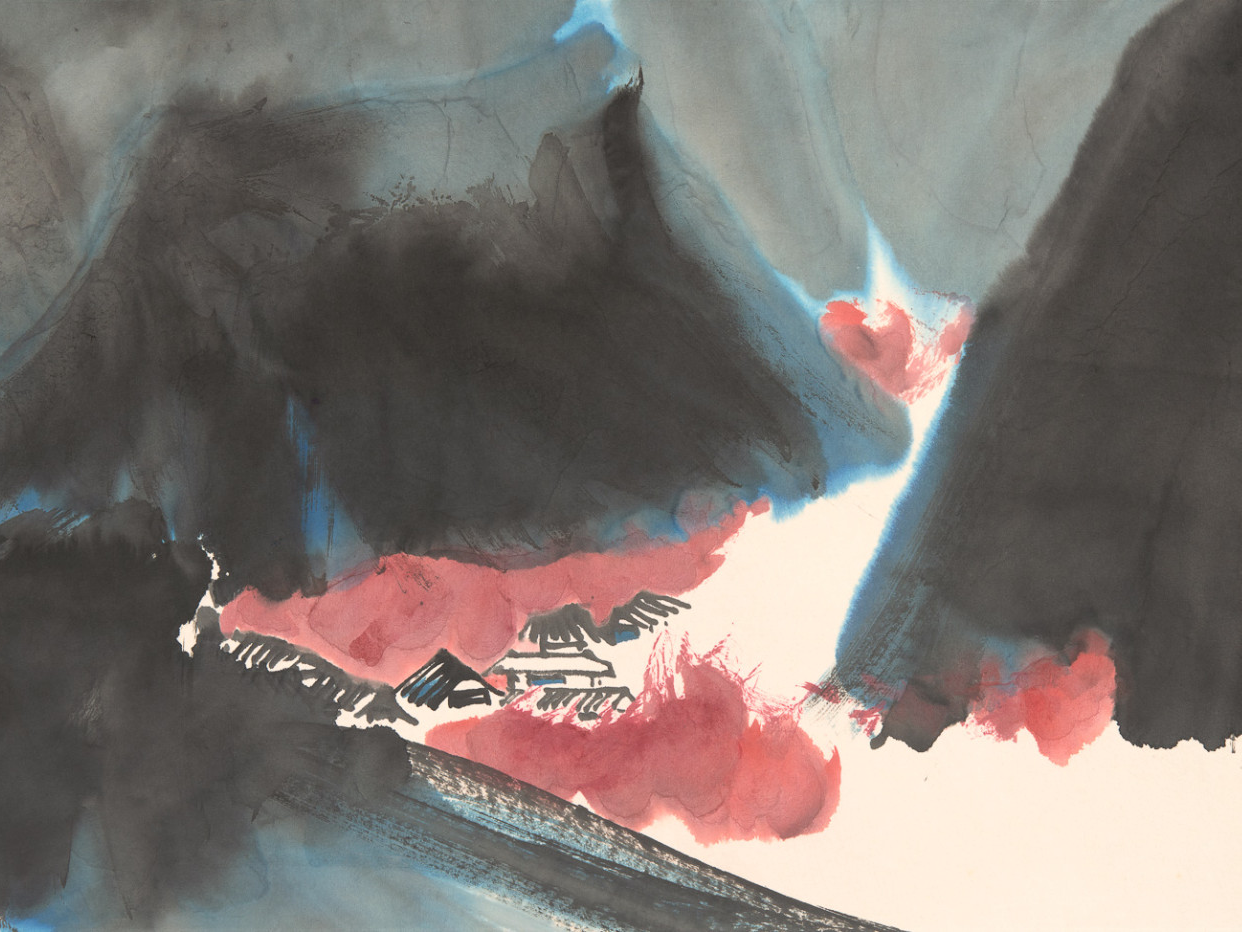
CENTRAL
Lui Shou-kwan: Artist Teacher Scholar
25 Sep – 6 Dec, 2025
Alisan Fine Arts
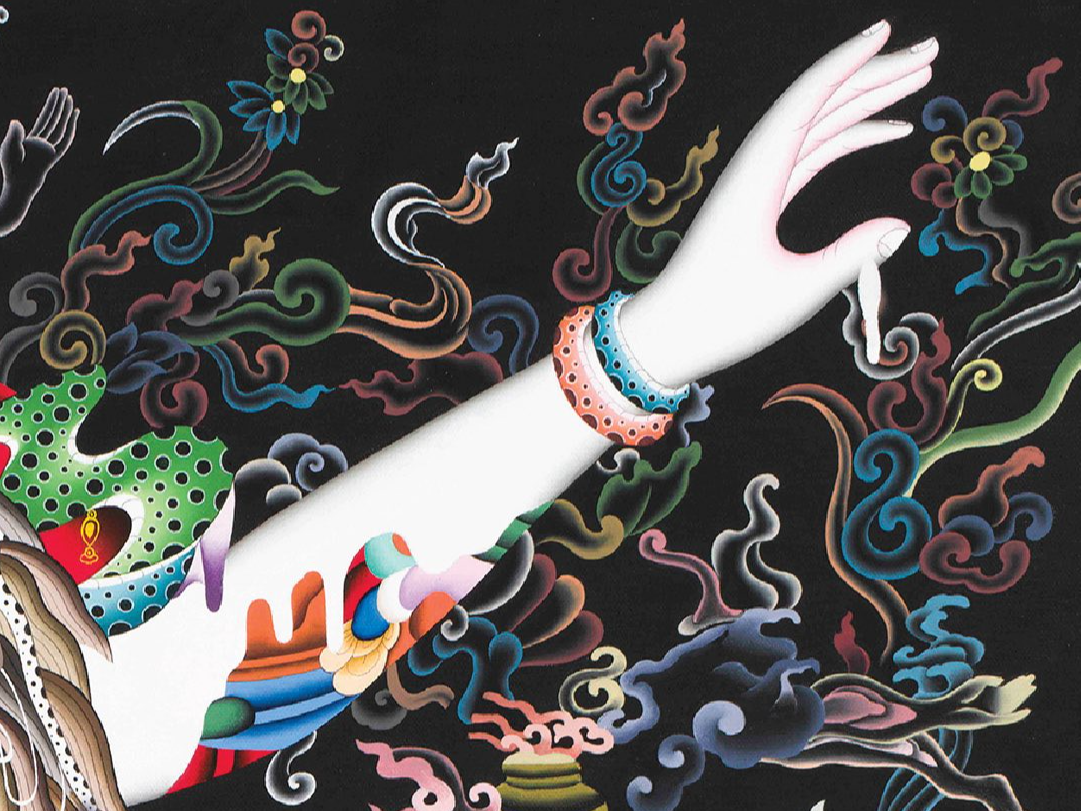
SOUTHERN
Hello Darkness...My Old Friend
20 Sep – 22 Nov, 2025
Rossi & Rossi

CENTRAL
Gordon Cheung: New Territories
11 Sep – 15 Nov, 2025
gdm (Galerie du Monde)
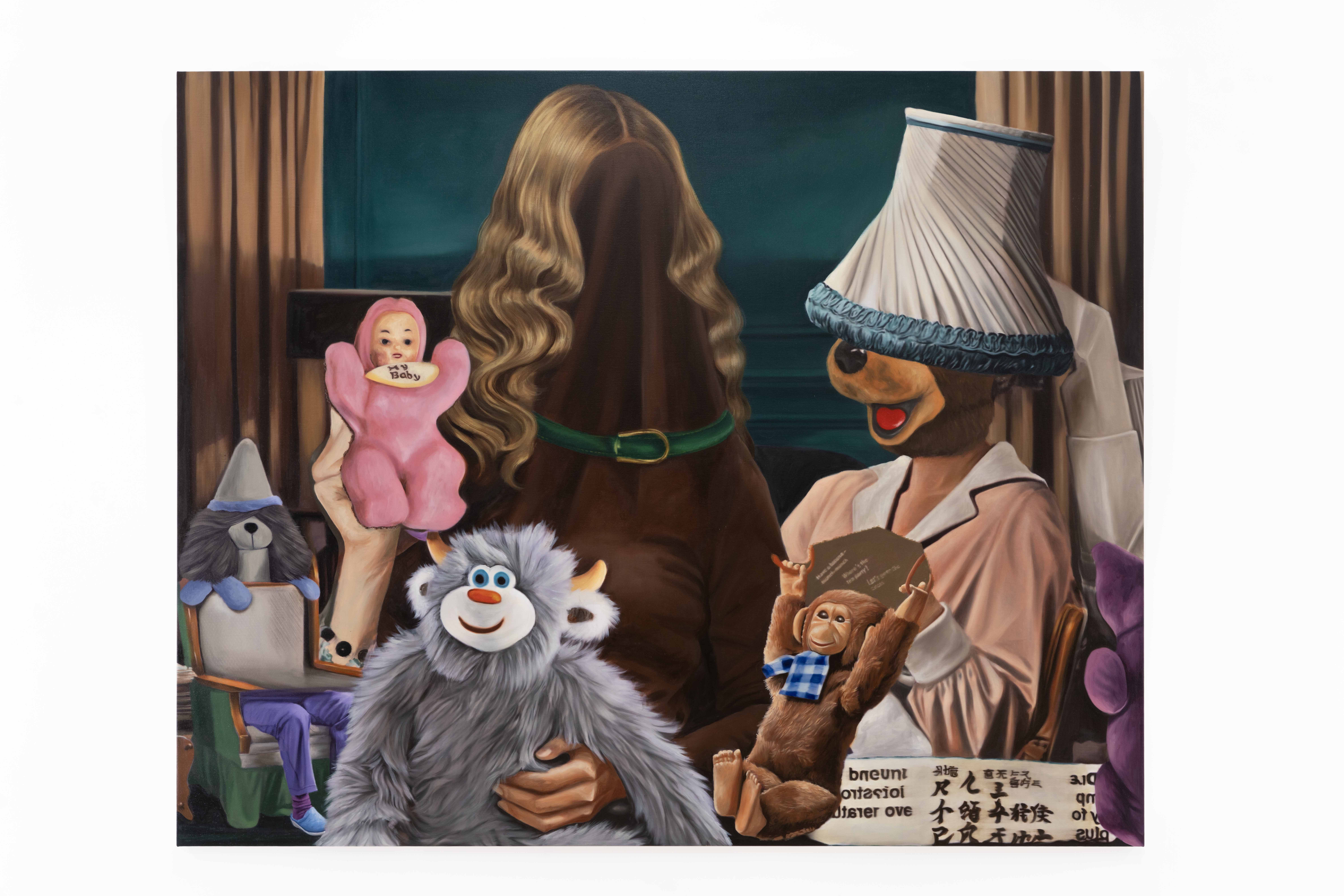
SOUTHERN
Yukari Nishi: In the meantime
6 Sep – 8 Nov, 2025
WKM Gallery
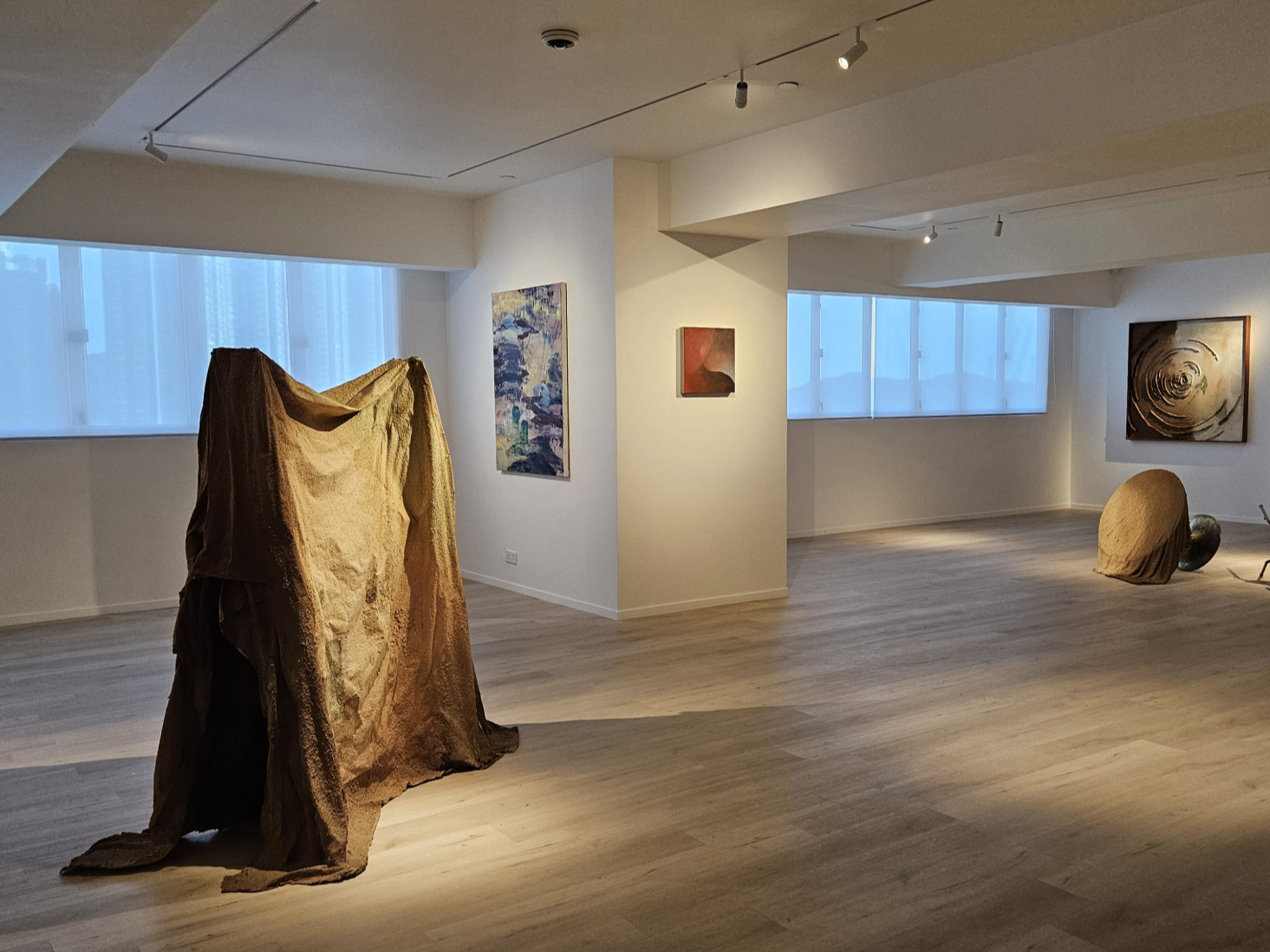
SOUTHERN
The Remains of Our Days
27 Aug – 15 Nov, 2025
Alisan Atelier
OPENING SOON
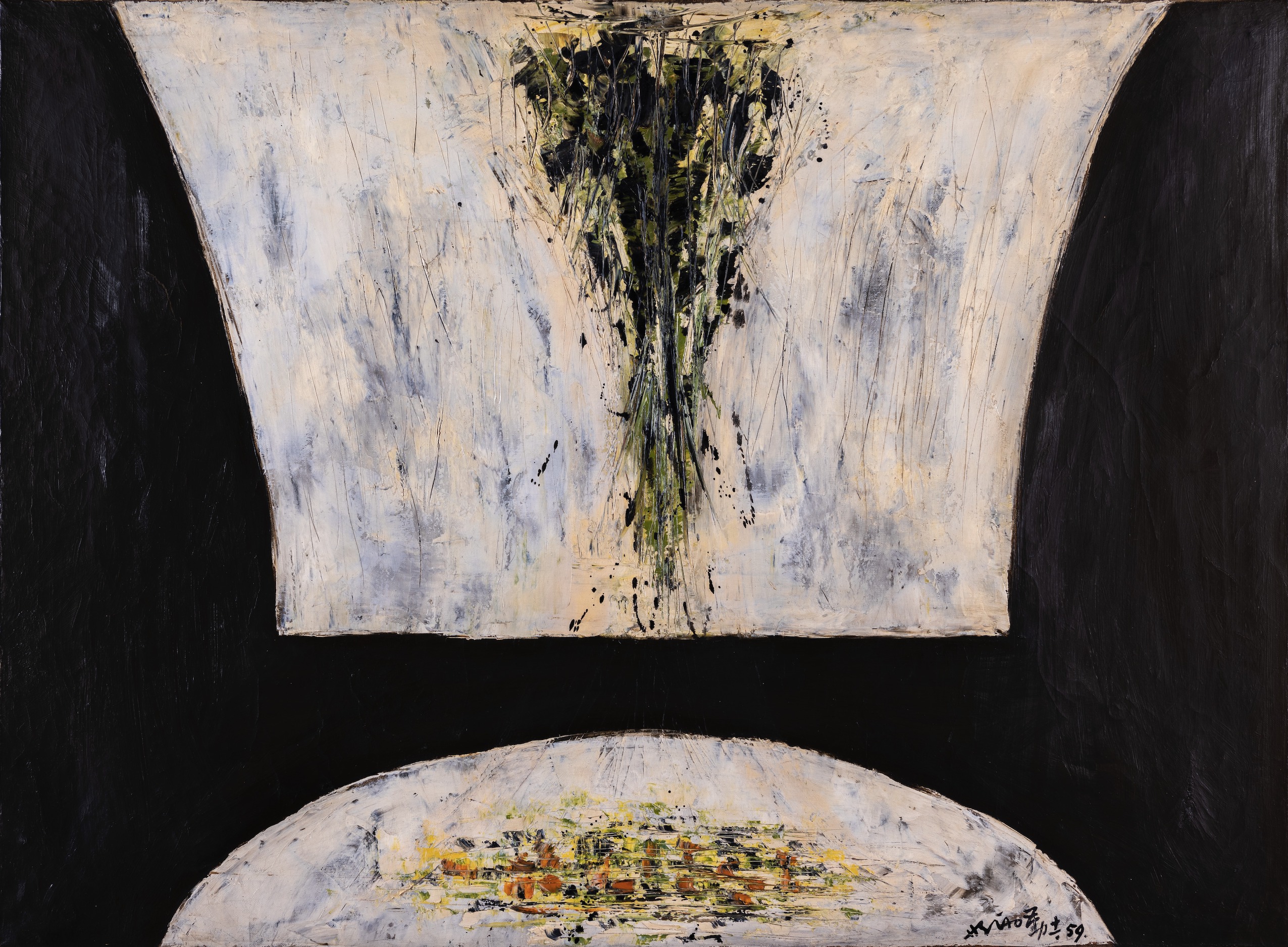
CENTRAL
Hsiao Chin Archives - The Light of Hope Exhibition
7 Nov – 31 Dec, 2025
3812 Gallery
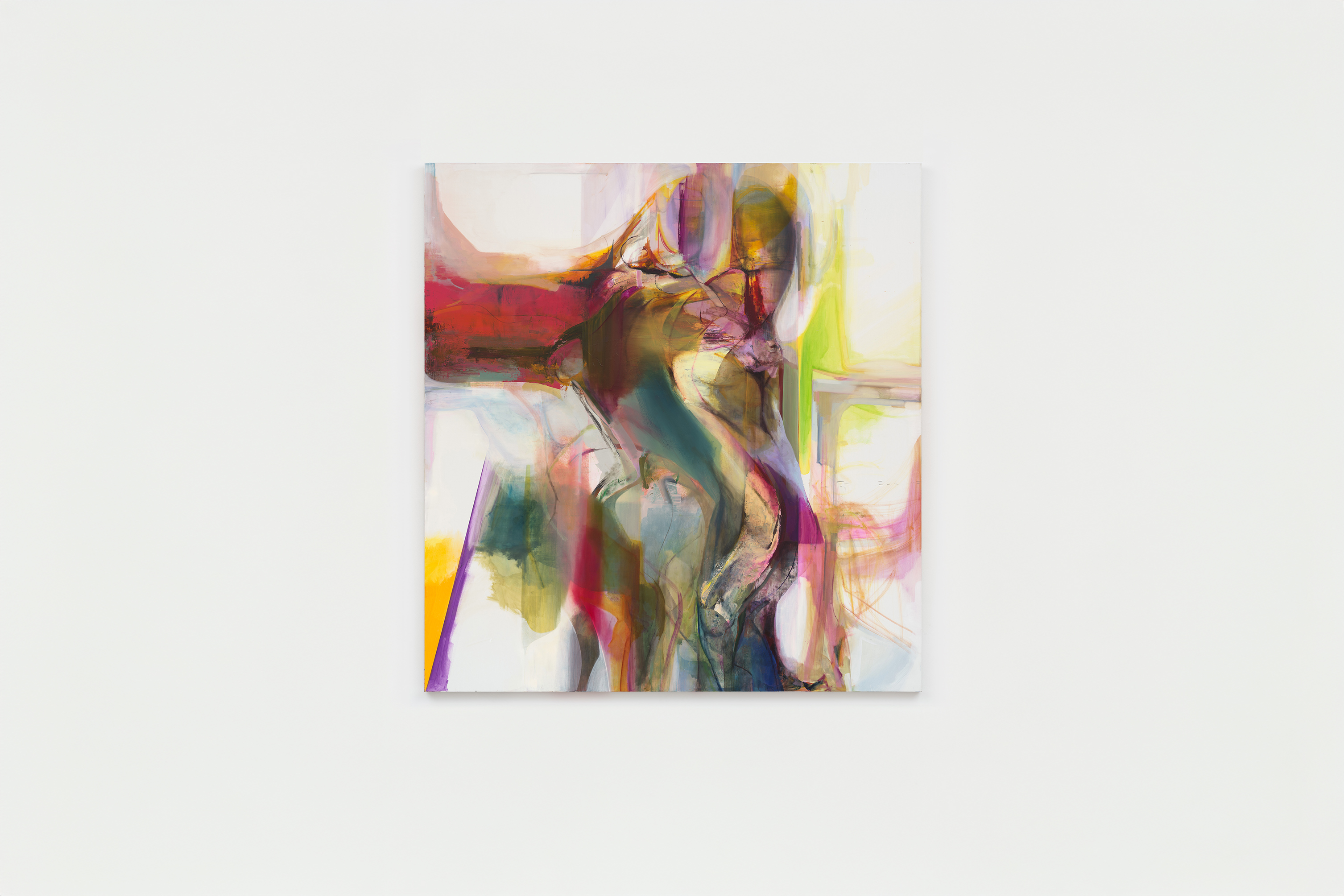
WAN CHAI
Subrisio Saltat
7 Nov – 24 Dec, 2025
Kiang Malingue
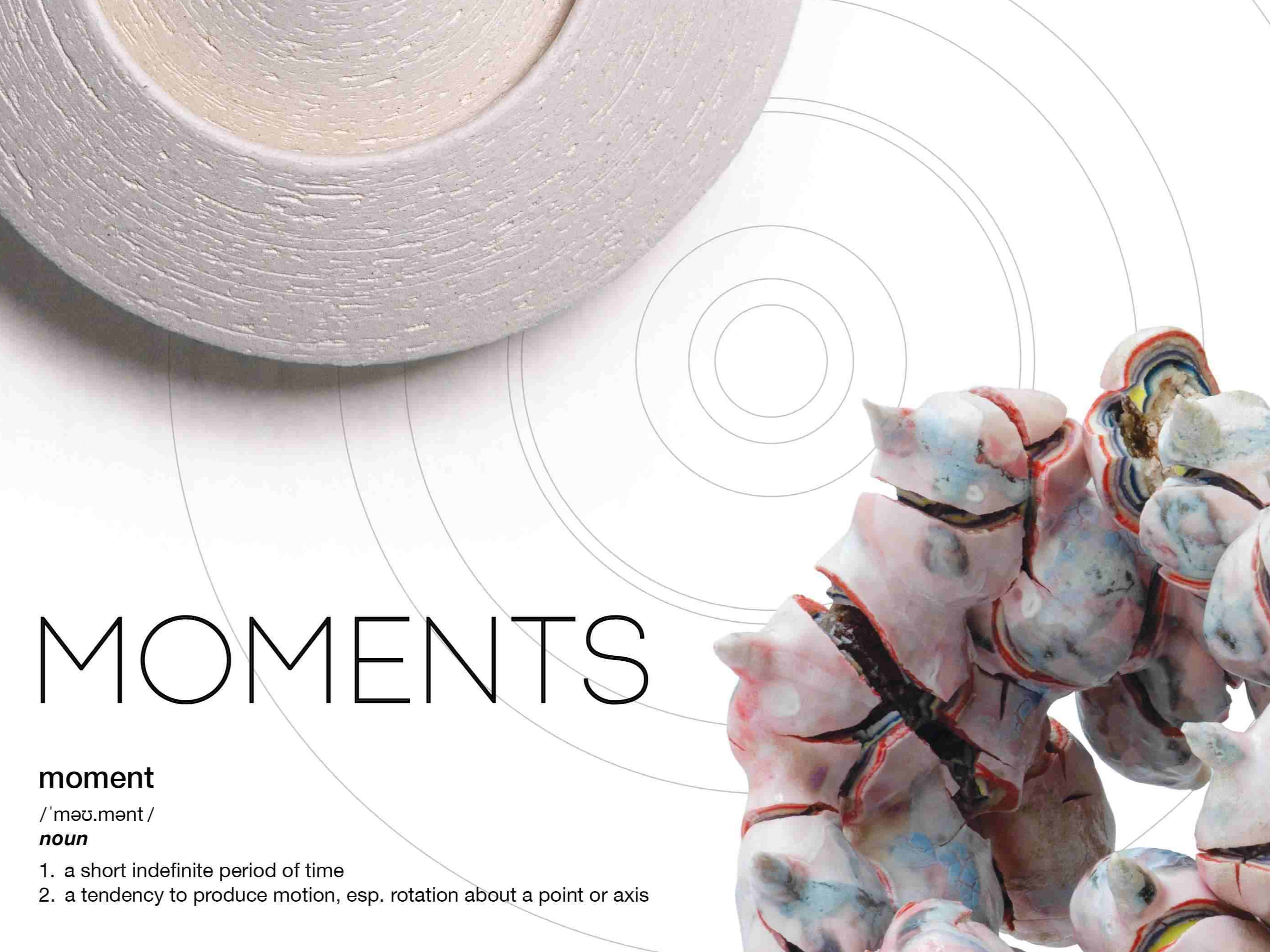
SOUTHERN
Moments | Ryan Cheng x Yuko Fukuba Johnsson
8 Nov – 31 Jan, 2026
wamono art

SOUTHERN
Ann Leda Shapiro: Body is Landscape
8 Nov – 7 Mar, 2026
Axel Vervoordt Gallery

CENTRAL
Two Paths of Perception: Shiqing Deng & Nianxin Li Dual Solo Exhibition
8 Nov – 13 Dec, 2025
Tang Contemporary Art (Central)

CENTRAL
Cats in a Floating World
10 Nov – 31 Dec, 2025
I.F. Gallery
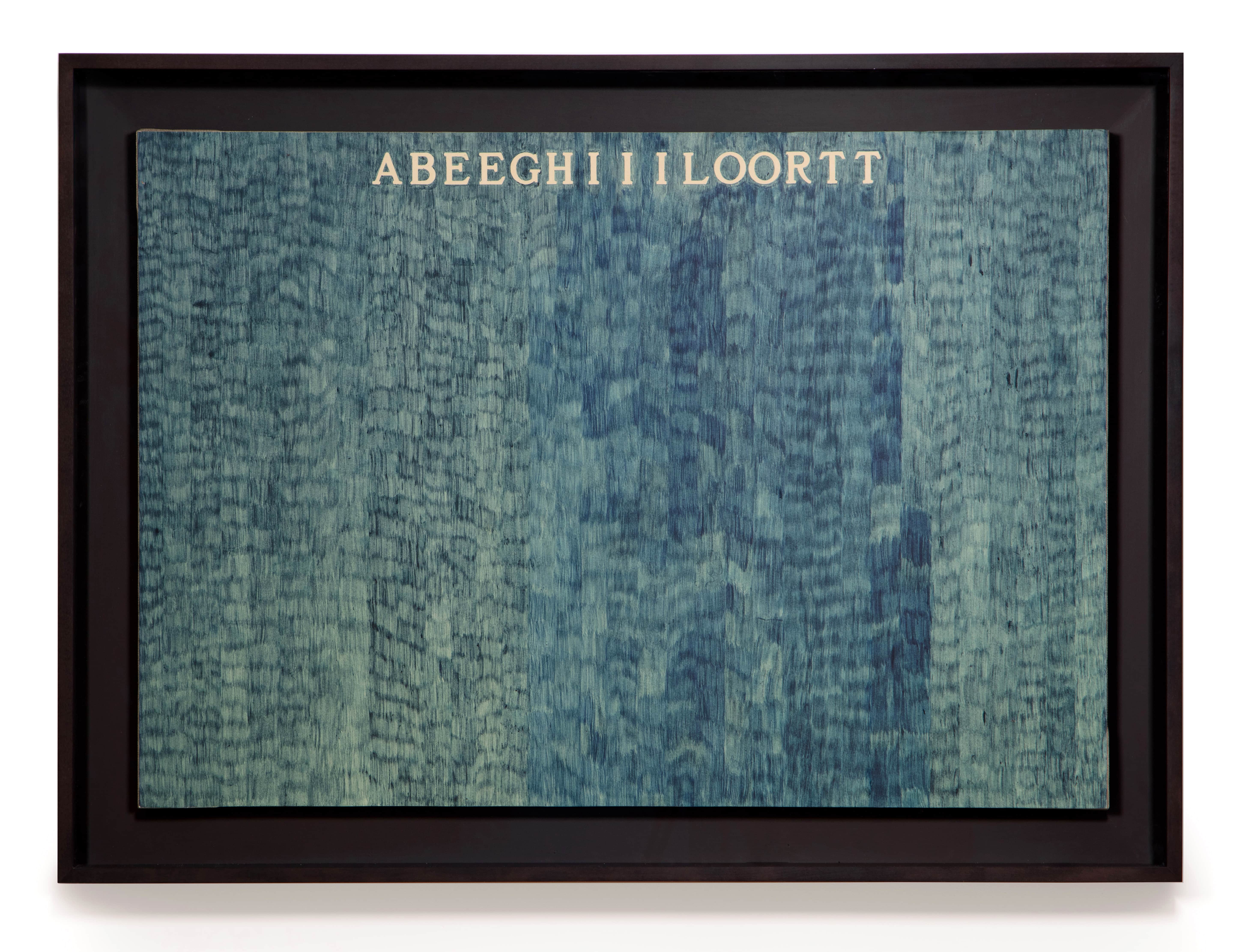
SOUTHERN
ALIGHIERO E BOETTI ONONIMO
12 Nov – 14 Feb, 2026
Ben Brown Fine Arts
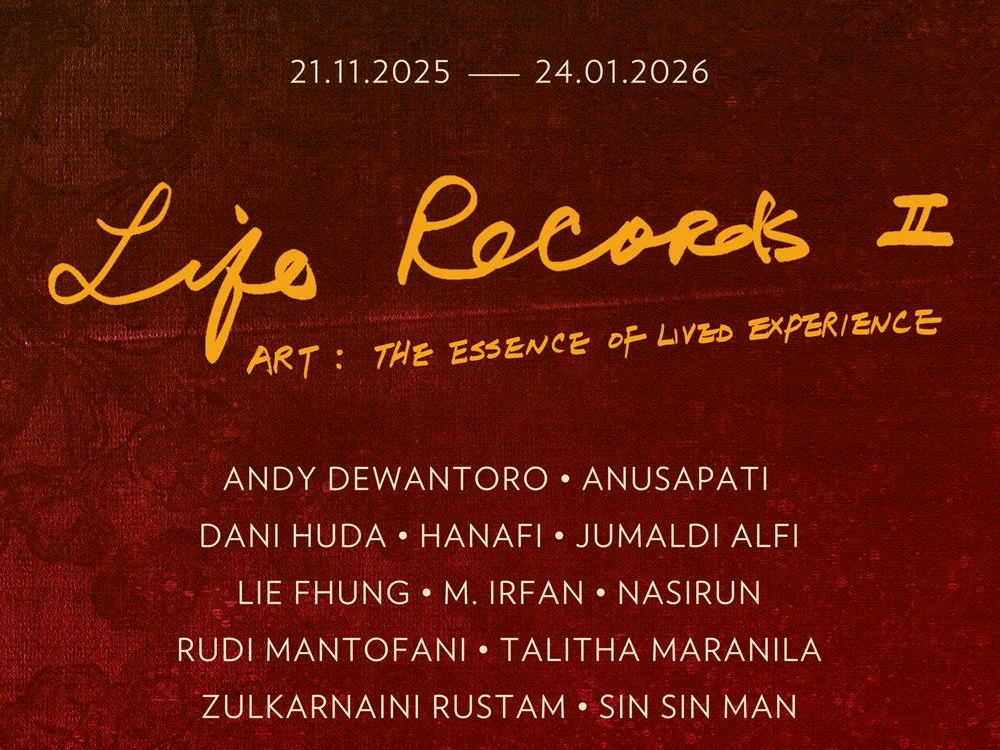
SOUTHERN
Life Record II
21 Nov – 24 Jan, 2026
Sin Sin Fine Art

SOUTHERN
Spirit in Flux
22 Nov – 31 Jan, 2026
Alisan Atelier

SHEUNG WAN
Stuart Pearson Wright - Roadkill
27 Nov – 3 Jan, 2026
Flowers Gallery
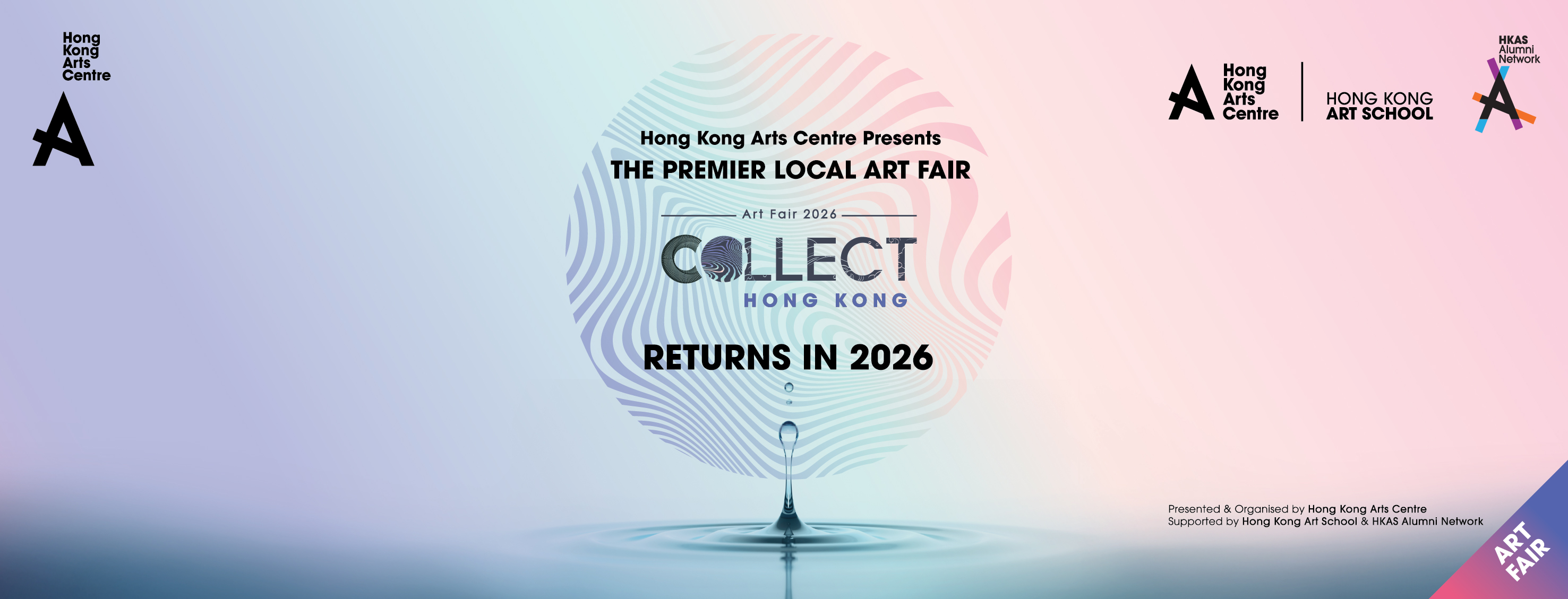
WAN CHAI
Collect Hong Kong Art Fair 2026
21 Mar – 29 Mar, 2026
Hong Kong Arts Centre
Two Paths of Perception: Shiqing Deng & Nianxin Li Dual Solo Exhibition
8 Nov – 13 Dec, 2025
Tang Contemporary Art (Central)

Tang Contemporary Art (Central)
Address: 10/F, H Queen's, 80 Queen's Rd. Central, Central
Opening Hours: Tues–Sat 11am–7pm
Phone: +852 2682 8289
Website: tangcontemporary.com


